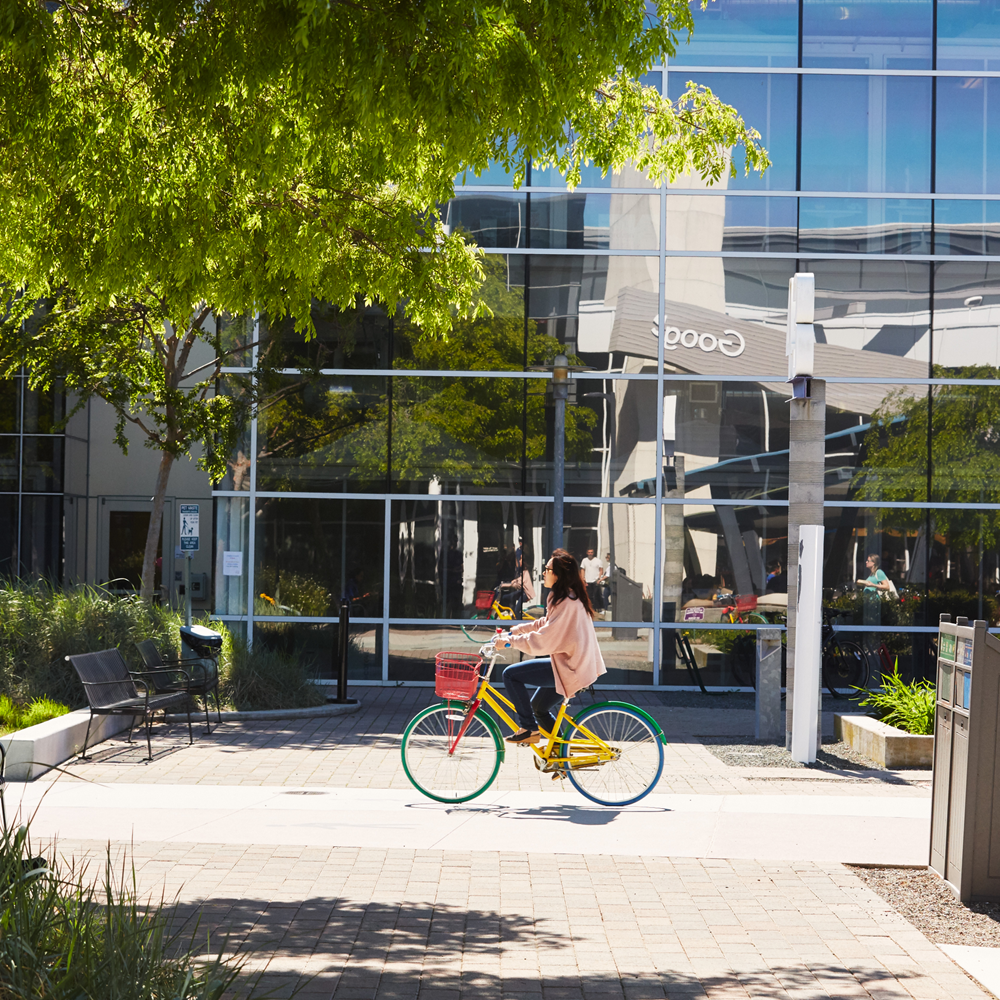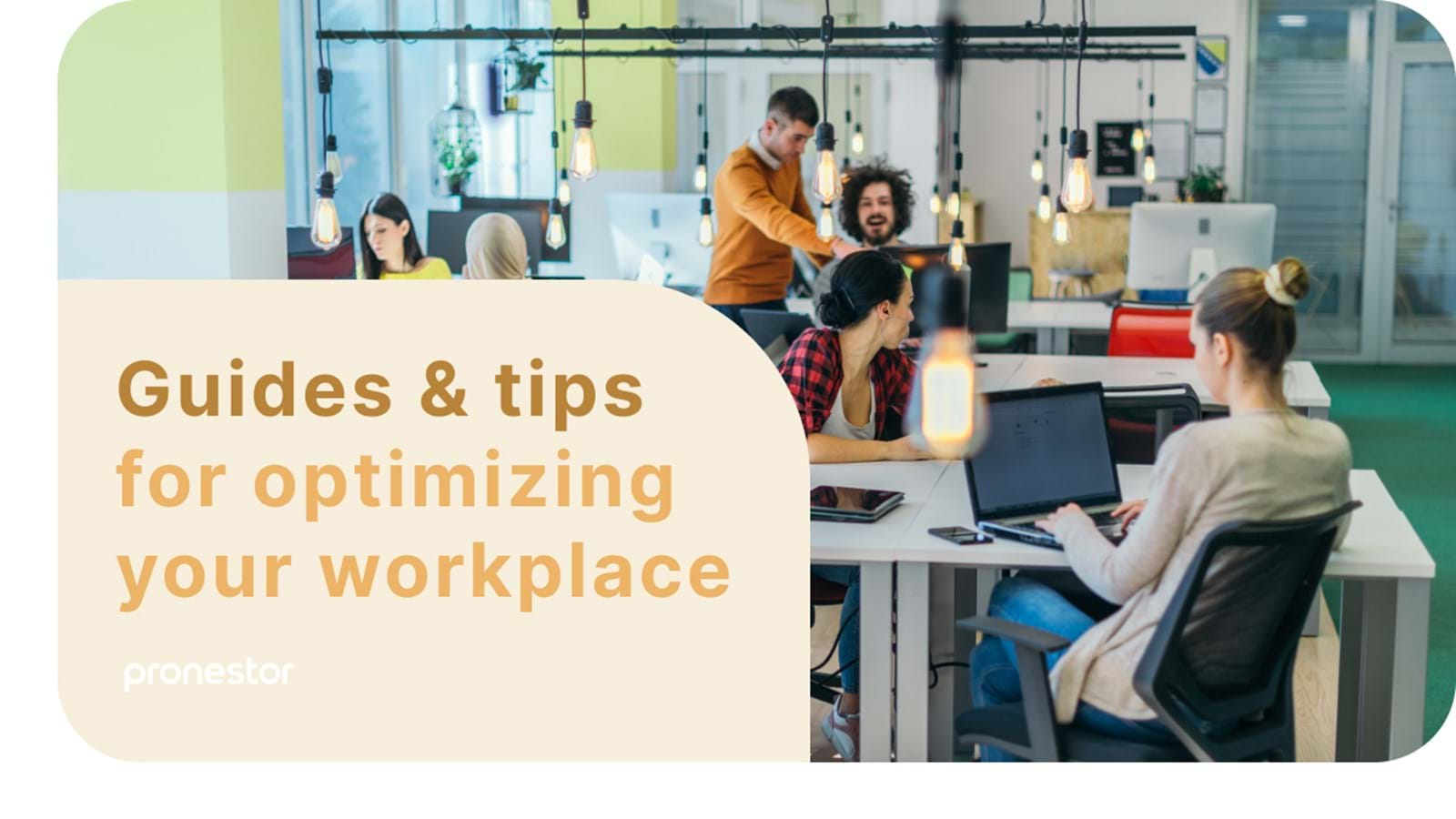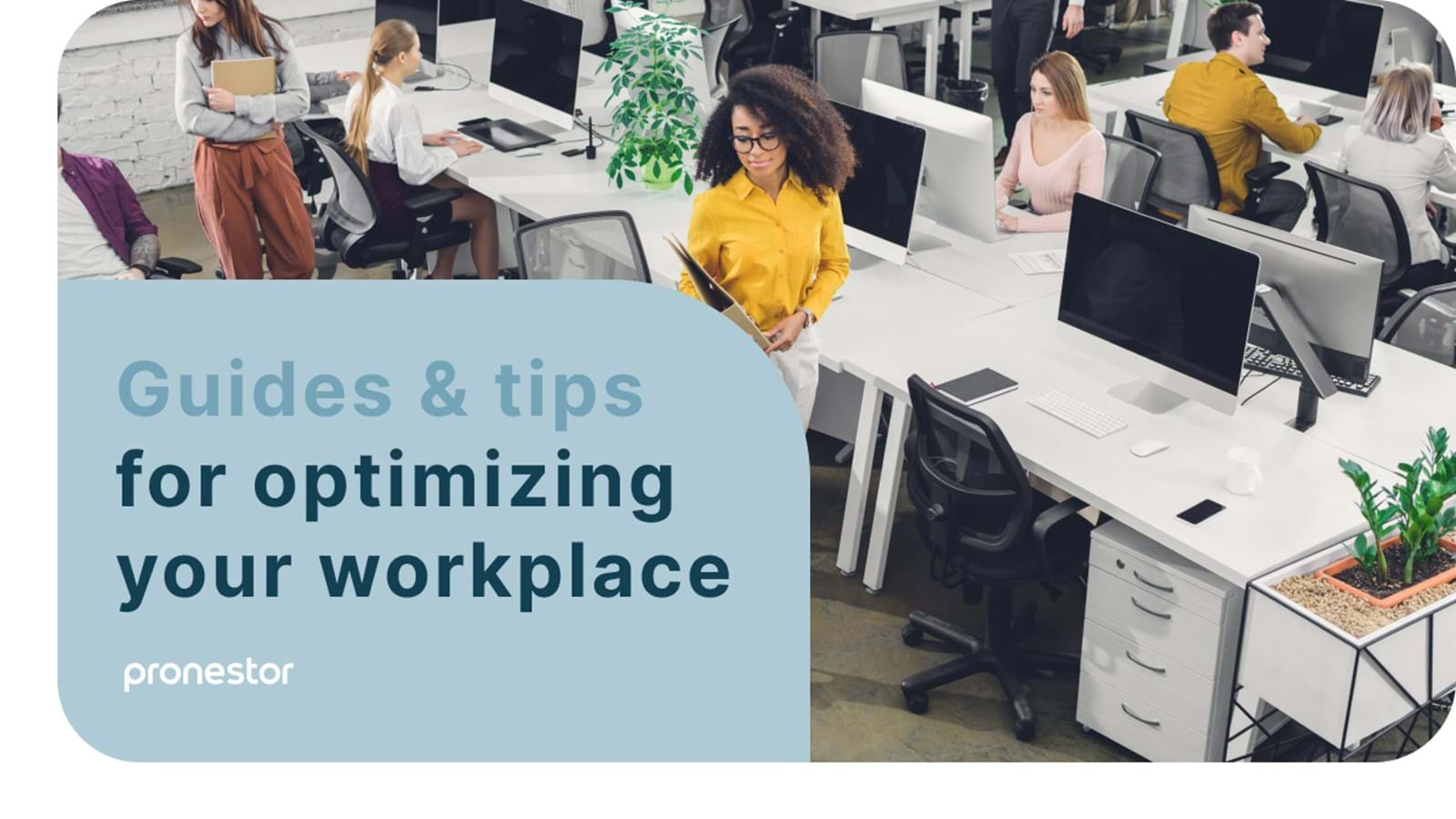March 17, 2022
— Kasper Ullits (CPO/Founder)
Companies are going back to the office
Do you have a plan for going back to the office? In this article we will give you everything you need to make your return to the office a success.

The pandemic has changed the way we think about work and how we think about the office. But after two years of virtual meetings and telecommuting, we’re seeing companies all over the world reopen their offices, which sends a very clear signal that companies want employees to go back to the office. Or at least, that they want employees to have the opportunity to go back to the office.
A Gallup survey from the final quarter of 2021 showed that nine out of ten employees wanted to remain at least a degree of remote work after the pandemic. *
Perhaps because of that companies like Google, Apple, and Twitter are announcing that their return to the office won’t be a full-scale return, but rather an adoption of the hybrid format. *

Do employees even want to go back to the office?
While most surveys show that employees want to keep working from home, at least to a certain degree, the numbers also show that employees do want to go back to the office – at least to a certain extent. In the Gallup survey we mentioned earlier 54% said that they would specifically prefer hybrid work. *
This shows that the office is still very much needed, it is just needed in a different way than what they used to be, so when you plan to go back to the office, you need to reimagine the way your office will be used.
The new role of the office
A lot has been written about the role of the office after going hybrid and after COVID-19. What most articles conclude, is that the office needs to focus on social aspects and collaboration. Instead of offering rows upon rows of desks, modern workplaces need to offer a flexible environment where people socialize and collaborate.
While this approach sounds good, it is also assuming that each one of your employees have the space in their private homes to create a dedicated workspace that lets them carry out focus work.
That is not always the case, however.
What’s important, when you start to plan your return to the office, is to find out what your employees need from the office, as this will most likely differ depending on the demographic of your organization.
Different strategies for going back to the office
When you have elected to reopen your offices, there are different ways to go about it. Of course, you can choose to have everyone go back to the office every day from nine to five, but even if you have decided on a hybrid work model, there are choices to be made.
You can choose to fully open your offices for some employees while others remain fully remote, you can open your offices for everyone while also allowing people to work fully remote if they prefer, or you can have a fixed policy where employees are expected to be in the office a certain number of days, and work from home the rest of the time.

Google is planning on returning to the office on a flexible schedule
Starting April 4 Google employees in the San Francisco Bay Area will be going back to the office. *
According to Reuters this was announced in a company-wide email, which stated that due to "advances in prevention and treatment, the steady decline in cases we continue to see and the improved safety measures we have implemented,” Google “can officially begin the transition to the hybrid workweek."
In an interview with the Wall Street Journal Sundar Pichai who is the CEO of Google highlighted the flexibility of the hybrid work format. *
Some employees will continue working remote full-time, although Google expects that most employees will be coming into the office about three days each week.
Having both fully remote and hybrid employees will pose some challenges, especially when it comes to opportunity isolation which the company will need to address.

Twitter will be 100% flexible and 100% hybrid
According to a tweet made by Parag Agrawal, CEO of Twitter, Twitter employees will go back to the office on the 15th of March 2022. Or rather, they have the option to.
In the tweet he specified that it is a choice, saying “Wherever you feel most productive and creative is where you will work and that includes working from home full-time forever.”
With that approach, Twitter elected a fully flexible return to the office 100% driven by what employees want, and with the right tools for scheduling and collaboration, that may end up paying off in the long run.

Apple has a roll out plan for hybrid work with a fixed schedule
Apple is another big company that has publicly announced their intention to have employees go back to the office, along with a roll out plan for making it happen, and that plan starts on April 11.
According to an article by Bloomberg, Apple’s plan is to gradually increase the number of days employees spend in the office. From the 11th and three weeks after employees will be going to the office once a week. *
After that the frequency of going to the office will be increased to twice a week and by May 23 employees are expected to come to the office three times a week.
Unlike Google and Twitter, however, Apple seems to have opted for a fixed schedule for work in the office – Mondays, Tuesdays. and Thursdays. While this approach does remove the need for dedicated scheduling tools, it also reduces the flexibility offered by this solution.
This approach may seem to remove the need for dedicated scheduling tools at the cost of reduced flexibility, but that is not the entire story. While many focus on the desk booking capacities of such tools, there’s also the question of being able to find out where people are seated.
In Apple’s case, it sounds like they are opting for an activity-based work. This means employees will not necessarily be sitting at the same desk every day or even for the entirety of a single day. As they move between work zones dedicated to specific purposes.
How to go back to the office
Getting employees back to the office is not as easy as sending out a company email, and both surveys and recent events have shown that employees who are forced back to the office are likely to quit.
To avoid that, we have collected a short list of tips which will help turn your return to the office into a success.

1. Consult your employees
The best way to find out how you can get your employees back in the office is to ask. While general surveys spanning hundreds of companies are good on a societal level, no one can say more about what your employees want, than your employees.
Questions you could ask your employees is “what tools do you need to work in the office?” or “How often would you prefer to work from home?” However, it is important that you do not add questions you don’t intend to back up with action.
For instance, if you ask your employees “would you prefer to keep working from home full time” that needs to be an option too.

2. Come up with a roll out plan
When you have found out which work model will suit your company and your employees, it’s time to implement, but you shouldn’t expect to make the switch over night.
Coming up with a roll out plan and a gradual return will let your employees get used to the change from 100% remote work (or a 100% in office job) to the hybrid setup you have chosen.

3. Explain why you want your employees to go back to the office
Making hybrid work function needs to be a collaborative effort between employer and employee, and because of that, you need to explain why you want your employees to return to the office.
If your reason for wanting to go back to the office is that you see employees as more than the value of completing their tasks, you need to tell them. If it’s because you value that they socialize, build relationships, and develop closer bonds, because it adds a lot of value to your workplace, they need to know.
They may not understand your reasoning and they may come up with a counter proposal to your suggested plan, but you need to have your employees on board to make the hybrid work model succeed.

4. Make sure your facilities support your plan
While you are working on your roll out plan, it’s also a good idea to find out how you can make your facilities support your new way of working.
While social distancing isn’t as central as it was over the winter, it is still of consequence, and your office space needs to supply a greater distance between employees than earlier. This applies to both workstations, meeting rooms, break areas etc.

5. Make sure you know how to handle external visitors
Even though virtual meetings have become our ‘new normal’ during quarantine, physical meetings will gradually be introduced to our everyday working life again once offices re-open. Meetings with external participants will also gradually resume, requiring guidelines for how to welcome visitors to the office.
Even if you don’t have any measures related to COVID-19 having both internal and external participants at hybrid meetings requires more forethought than when everyone was working from the office.

6: Make scheduling easy
Making employees feel comfortable and safe upon their return to the office is critical when you are going back to the office, but what is equally critical is making scheduling simple.
A desk booking tool such as Pronestor Workspace allows employees to easily schedule where they are working from on what days, allowing for a more smooth and flexible process.
The alternative is to have fixed days on which employees are coming to the office, which is both less flexible, and it also removes most of the financial benefits of going hybrid.
This isn’t the end
Changing to a hybrid way of working isn’t a short-term challenge. It’s a long-term engagement to ensure a healthy, safe, and productive work culture that boosts employee well-being and productivity.
Making the transition back to in-office work as smooth as possible requires both general management, human resources, and facility management to collaborate closely.
References:
https://news.gallup.com/poll/355907/remote-work-persisting-trending-permanent.aspx
https://www.cnet.com/tech/google-apple-twitter-reveal-return-to-office-policies/
https://twitter.com/paraga/status/1499422876134371329?s=20&t=_Kk7aXqdHZhmCEtlS6zNpw
https://www.forbes.com/sites/jackkelly/2022/03/03/the-future-of-work-for-google-is-hybrid-as-the-company-tells-its-workers-to-return-to-the-office-by-april-4/
https://www.wsj.com/articles/google-ceo-sundar-pichais-vision-for-return-to-work-11646055640


